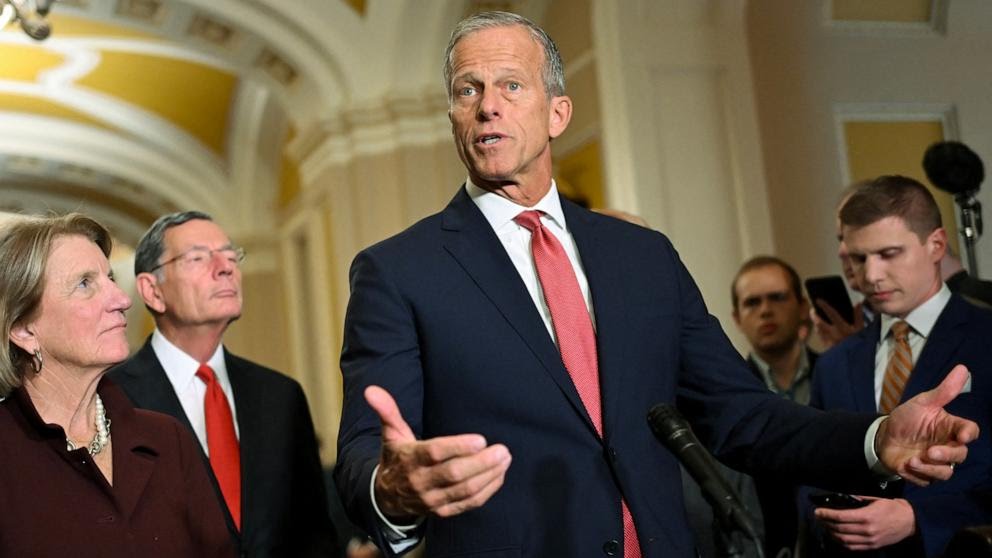Cell phones have become a constant in the lives of most students, but many Oregon school districts — and now state lawmakers — are rethinking just how accessible those devices should be during the school day.
In recent months, Oregon has taken notable steps toward restricting cell phone use in public schools. While the state doesn’t currently have a blanket ban, momentum is building behind a more structured approach. In October 2024, the Oregon Department of Education issued guidance recommending that schools limit or restrict phone use during instructional hours. The move reflected growing concerns about the effects of screen time on student mental health, academic performance, and attention spans.
Citing research on the risks of excessive phone use — particularly its links to anxiety, depression, and distraction — the guidance encouraged districts to develop their own policies with student well-being in mind.
Following that, the Oregon House passed House Bill 2251 in April 2025. The bill requires all public school districts to establish formal policies limiting or prohibiting cell phone use during the school day. While it doesn’t dictate exactly how schools must enforce those rules, it signals a stronger, state-level push towards limiting classroom phone access. Currently, the bill is awaiting review in the state senate.
All the while, some districts aren’t waiting for state law to pass. Portland Public Schools, the largest district in the state, adopted a new off-and-away all-day policy in January of 2025. Students are now expected to keep their phones turned off and out of sight throughout the school day — even during lunch and between classes. Exceptions are made for students who rely on phones for accessibility or health reasons.
The district says the policy is meant to reduce distractions and help students stay engaged. Teachers have reported early improvements in classroom focus, though enforcement and consistency remain a work in progress.
Other districts, like Lake Oswego and North Clackamas, have adopted similarly strict policies. Lake Oswego began limiting phone use in August of 2024, with support from school administrators and many parents. In North Clackamas, some schools use Yondr pouches — lockable fabric sleeves that students place their phones in at the beginning of the day. Students keep their phones with them but can’t unlock the pouches until school ends.
Reactions have been mixed, to say the least. Many teachers and parents support the shift, saying it helps reduce digital distraction and improves student behavior. But not everyone is on board. Some students have expressed frustration at not being able to access their devices during lunch or breaks. Others worry about not being able to reach family members in the case of an emergency.
There’s also ongoing debate about how much responsibility schools should take when it comes to managing students’ digital lives — and whether banning phones outright is the best approach. Some say that while limiting distractions is important, schools also have a role in teaching responsible technology use rather than removing it entirely.
For now, Oregon appears to be moving steadily in the direction of stricter cell phone policies — whether through legislation, local policies, or both. As more schools adopt off-and-away models. and experiment with different strategies, the next few years may set the standard for how technology is balanced with learning in classrooms across the state








